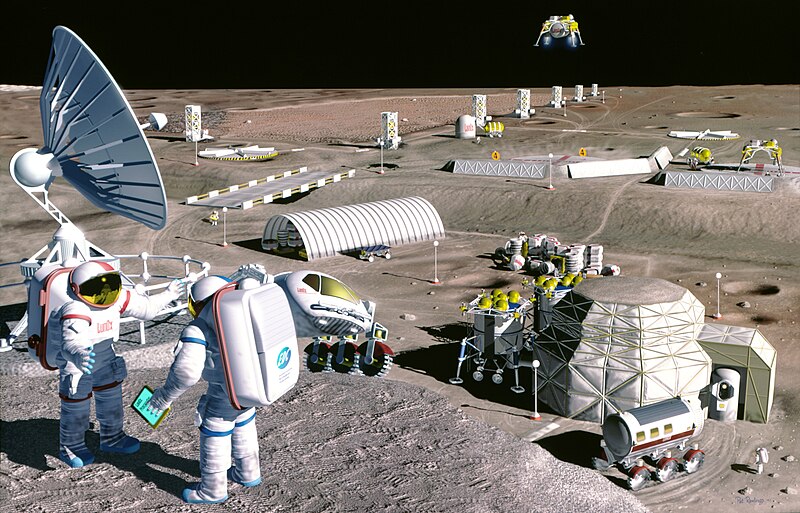The modern car is increasingly being driven by software. Today, an average car might contain as many as 50 microprocessors, each with its own software. Engines, brakes, airbags, transmissions and even power windows are equipped with intelligent electronics.
Electric cars have even more electronics on them. Tomorrow, there will be a completely new architecture for cars and they will require extensive software.
Now, to facilitate the massive processing capabilities, Siemens is working on new technology to transform electric cars into ‘rolling computers’ that would be controlled by a centralized computing architecture. The aim is to simplify the complex electronics architecture and the need to network multiple control systems in the cars.
Siemens plans to equip electric cars with a platform where new applications, features and updates can simply be downloaded as software modules as is currently done with smartphones.
This platform will provide a programming interface to access all vehicle sensors (cameras, steering wheels or braking pedals) and actuators (power steering motor, braking system) that will make delivering software-based innovations a whole lot easier.
The technology will allow for increased customization while vastly reducing development cost and integration times.






